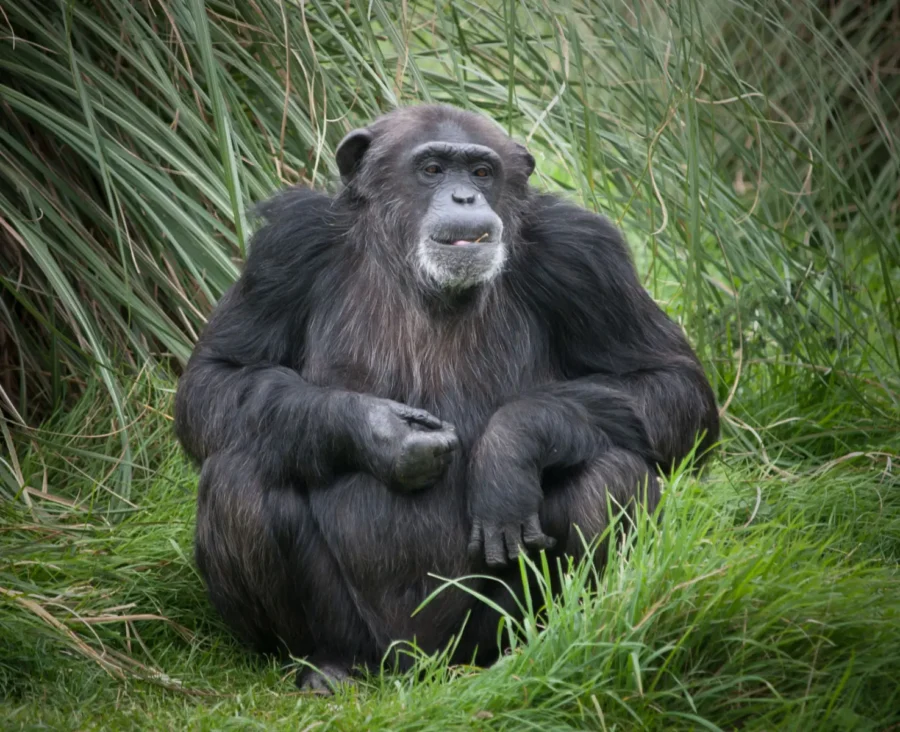Ever wonder if your favorite music beat has anything in common with animal sounds? Scientists just discovered something mind-blowing: the rhythm patterns in chimp drumming, human speech, and music all connect in ways we never knew before. In a study published in March 2025, researchers revealed that the mathematical tools used to analyze these different sounds are actually deeply connected – potentially changing how we understand communication across all species.
The Secret Math Behind How We All Keep Beat
Think about the last song that got stuck in your head or how certain people have distinctive speech patterns. It turns out the rhythm in these sounds can be measured in specific ways, and scientists just found out these measurement methods are connected by a hidden mathematical relationship.
An international research team with scientists from universities in Rome, Vienna, Turin, and Denmark discovered that two different ways of measuring rhythm – the Normalized Pairwise Variability Index (nPVI) and rhythm ratios (rk) – are actually mathematically linked. In simple terms: they’re different ways of looking at the same thing.
“This result offers a deeper understanding of how these measures are applied. It also opens the door for creating novel, custom measures to quantify rhythmic patterns based on a sequence’s rk distribution and compare rhythmic patterns across different domains,” the researchers explain in their study published in Vibration.
This might sound technical, but here’s why it matters: scientists studying whale songs can now directly compare their findings with those studying rap music or bird calls – potentially revealing evolutionary connections we never knew existed.
Breaking Down the Beat Science
So what exactly are these rhythm measures? Imagine recording the beats in your favorite song or the pattern of someone speaking:
- The nPVI measures how evenly spaced sounds are – whether they follow a steady, metronome-like pattern or vary wildly
- Rhythm ratios (rk) look at relationships between neighboring beats – like how some music alternates between long and short notes
- Scientists discovered these two measures are connected by a specific mathematical formula
- This connection lets researchers translate findings between different fields – like comparing chimp drumming directly to human speech patterns
This discovery is like finding out that physics equations used for car crashes also explain how birds fly – completely different areas suddenly connected by the same underlying principles.
Chimps Have Regional Drumming Styles – Just Like Human Music
Just as this mathematical breakthrough was published, another amazing discovery dropped: chimps from different regions have distinct drumming styles – basically, they have different musical cultures!
In a study published in May 2025, researchers found that chimpanzees don’t just randomly bang on tree roots – they create specific rhythmic patterns that differ between eastern and western chimp populations.
“Based on our previous work, we expected that western chimpanzees would use more hits and drum more quickly than eastern chimpanzees,” says lead author Vesta Eleuteri of the University of Vienna, Austria. “But we didn’t expect to see such clear differences in rhythm or to find that their drumming rhythms shared such clear similarities with human music.”
Think about it like regional accents or how music styles differ across countries – chimps apparently have their own versions of this!
What This Means For Understanding Music and Language
Catherine Hobaiter of the University of St. Andrews explains why this matters: “Making music is a fundamental part of what it means to be human—but we don’t know for how long we have been making music. Showing that chimpanzees share some of the fundamental properties of human musical rhythm in their drumming is a really exciting step in understanding when and how we evolved this skill. Our findings suggest that our ability to drum rhythmically may have existed long before we were human.”
Could these discoveries help scientists develop better ways to understand animal communication? Might they reveal connections between speech disorders and rhythm? Could they even help create more naturally flowing AI voices? With this new unified approach to analyzing rhythm, these questions suddenly seem more answerable.
The Future of Rhythm Research
This breakthrough is like finding a universal translator for rhythm patterns across species and sounds. Whether studying dolphin calls, poetry, or hip-hop, scientists now have stronger math tools for comparing patterns across these diverse areas.
The researchers believe this approach “is one further step towards a common quantitative toolkit for rhythm research across disciplines,” potentially revolutionizing our understanding of how rhythm evolved and functions across species.
So next time you find yourself nodding along to a beat or noticing someone’s unique speaking pattern, remember – that rhythm sense you’re experiencing might be something we’ve shared with other species for millions of years, a deep evolutionary connection that’s only now being revealed through cutting-edge science.
Discover more from Wild Science
Subscribe to get the latest posts sent to your email.

